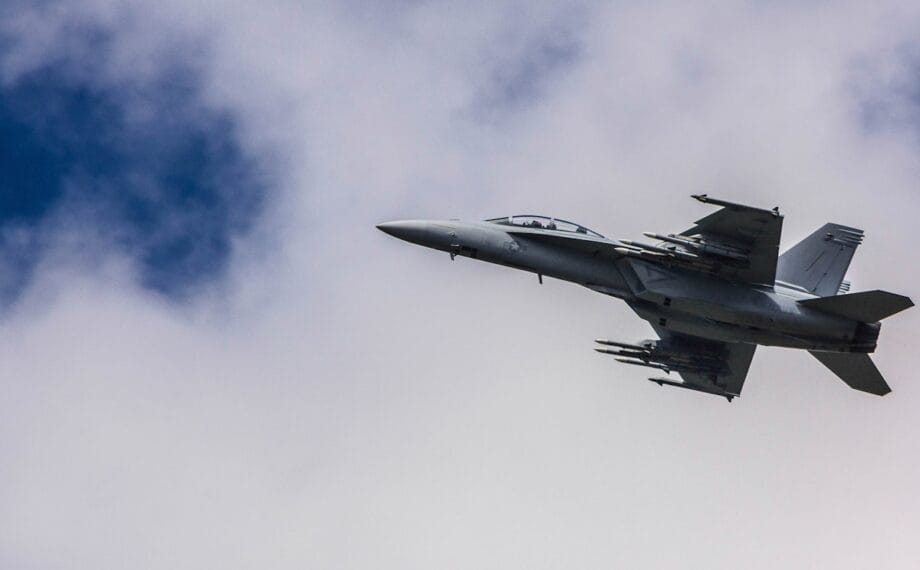U.S. Missile Defense Agency Unveils Significant Upgrade for Early Warning Radars
The U.S. Missile Defense Agency (MDA) has declared an ambitious software enhancement initiative for its ballistic missile early warning radar systems, targeting improvements in the classification of objects during the pivotal midcourse phase of missile trajectory.
This advancement aims to bolster the capabilities of the Upgraded Early Warning Radars (UEWR), thereby facilitating more precise identification and tracking of potential ballistic missile threats directed at the continental United States.
Operational since the early 2000s, five UEWRs have been deployed, with three stationed domestically and others located in Greenland and the United Kingdom.
These sophisticated radars fulfill dual roles: they are engineered to detect and monitor intercontinental ballistic missiles (ICBMs) and submarine-launched ballistic missiles, while concurrently managing general space surveillance and satellite tracking.
Equipped with advanced phased-array sensors, the UEWRs possess a formidable detection range of approximately 3,000 miles (4,828 kilometers) and offer comprehensive 240 to 360 degrees of coverage.
Their capabilities are indispensable for providing early-warning and tracking data, which are essential for initiating missile interceptor launches and enabling real-time updates to target trajectories during the flight of hostile projectiles.
These radars are a cornerstone of the Ground-Based Midcourse Defense (GMD) system, which is dedicated to safeguarding the U.S. from long-range ballistic missile threats.
The GMD system consists of 44 interceptors strategically positioned in Alaska and California, designed to counter a limited number of ICBM threats in their midcourse phase—a segment during which missiles are particularly susceptible to interception.
However, the system faces challenges, particularly in differentiating legitimate warheads from decoys and other countermeasures employed by adversaries.
In a bid to surmount these challenges, the MDA is advancing a phased software upgrade via its Advanced Object Classification (AOC) program. This initiative is poised to enhance the system’s classification capabilities by integrating state-of-the-art signal processing algorithms and machine learning techniques.
The objective is to improve target discrimination and tracking accuracy during the critical midcourse segment, which typically spans approximately 20 minutes.
The inaugural version, AOC 1.0, has been undergoing testing and deployment at select UEWR sites since the early 2020s. The anticipated AOC 1.1 aims to further refine classification performance without necessitating alterations to the existing radar hardware or waveforms.
This forthcoming upgrade is projected to incorporate more advanced algorithms for object identification and threat assessment.
A source from the MDA revealed that during the assessment of AOC 1.0, minor algorithmic refinements and enhancements were identified for integration into the upcoming AOC 1.1.

Furthermore, AOC 1.1 is expected to feature a flat-file classification database that can be reconfigured without requiring software recompilation.
This adaptability allows for swift modifications in response to emerging threats, minimizing the need for governmental engagement with the developer for updates.
The implementation of this impending software upgrade positions the U.S. to substantially augment its defense capabilities against ballistic missile threats, fostering a more reliable system for discerning potential dangers in the aerial domain.
Source link: News.ssbcrack.com.






